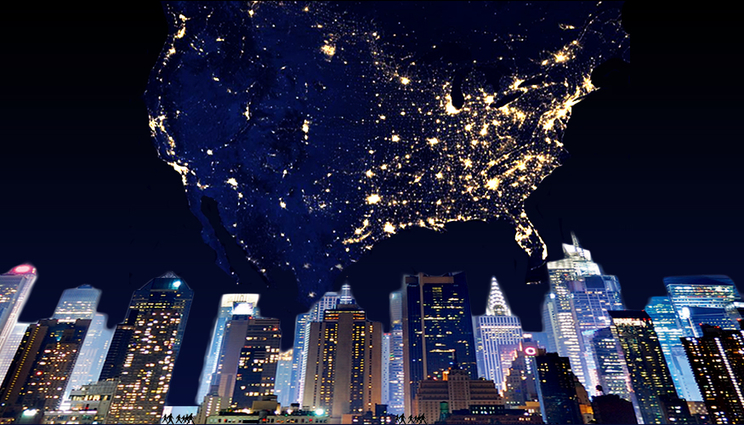Livermore, Berkeley labs lead project to increase power grid cybersecurity
 (Download Image)
“Threat Detection and Response with Data Analytics” is part of a $220 million, three-year Grid Modernization Initiative launched in January 2016 by the Department of Energy to support research and development in power grid modernization.
(Download Image)
“Threat Detection and Response with Data Analytics” is part of a $220 million, three-year Grid Modernization Initiative launched in January 2016 by the Department of Energy to support research and development in power grid modernization.
Cybersecurity experts Jamie Van Randwyk of Lawrence Livermore National Laboratory (LLNL) and Sean Peisert of Lawrence Berkeley National Laboratory (Berkeley Lab) are leading a new program to develop new data analysis methods to better protect the nation’s power grid.
The project, "Threat Detection and Response with Data Analytics," is part of a $220 million, three-year Grid Modernization Initiative launched in January 2016 by the Department of Energy to support research and development in power grid modernization.
The goal of this project is to develop technologies and methodologies to protect the grid from advanced cyber and threats through the collection of data from a range of sources and then use advanced analytics to identify threats and how best to respond to them. Specifically, the project team hopes to be able to distinguish between power grid failures caused by cyber attacks and failures caused by other means, including natural disasters, "normal" equipment failures and even physical attacks.
In addition to LLNL and Berkeley Lab, DOE’s Idaho, Oak Ridge, Pacific Northwest and Sandia national laboratories are also participating in the project. To make the scientific results more realistic and more usable by the power industry, the group is also partnering with the Electric Power Board and the National Rural Electric Cooperative Association, which will help provide data and collaborate in transferring the technology to the power industry.
The Energy Department’s Grid Modernization Initiative represents a comprehensive effort to help shape the future of our nation’s grid and solve the challenges of integrating conventional and renewable sources with energy storage and smart buildings, while ensuring that the grid is resilient and secure to withstand growing cybersecurity and climate challenges. For more information, see DOE’s grid modernization website.
Contact
Don Johnston[email protected]
925-423-4902
Related Links
DOE’s grid modernization projectTags
HPC, Simulation, and Data ScienceComputing
Energy
Featured Articles







